I’d been itching to get out on the moor as soon as I arrived. It reminded me too much of the land I’d grown up on, and there was a sense of familiarity that called to me that I was yet to understand. It was late afternoon when we arrived on our bus from Reykjavik, and I’d spent the evening watching local people of all ages making their way up the path to the top.
My plan that evening was simple. I was going to see if anyone wanted to come with me to the top, bring some offerings, and hopefully see the aurora borealis. But as we were to find out, timing can be everything.
The first strange thing to happen that night was that we passed between two rows of birch trees on our way to the road. That may not sound so strange in of itself, but the sense of shifting as we walked between most certainly was, as was the figure I saw momentarily step out from behind one of the trees.
But ours was a group used to such things, and so we continued in our quest for the path to the moors.
The second strange thing to happen was that the path we’d been watching the entire afternoon had not only disappeared, but the moon was suspiciously full when it was not supposed to be so for another five days. If the birch trees had not warned us that something very other was afoot, then this was a sure sign.
After some discussion we opted to continue, turning around after reaching the village and heading back the way we came. This time though, I prayed as I walked, asking them to show me the path to the moor.
This time, we found the path to the moor down the side of a house we’d walked by less than fifteen minutes earlier. The lights were on inside and a confused-looking Icelander watched us as we made our way towards the iron bridge separating the moor from the cultivated world of man. I remember thinking at the time that the bridge could be apotropaic, and the choice of materials intentional. After all, people who live in active places tend to find subtle ways to build protections in both custom and architecture.
Here too I was met by another darting figure that appeared on the other side of the bridge only to disappear as quickly. But the wind was wild and the moor was dark, and I was ecstatic to be on a moor again for the first time in far too long.
But as would soon become clear, the hidden folk had other plans.
We began our ascent with ease, finding it every bit as easy as the various families we’d seen earlier that evening. But as is so often the case with this kind of wild witchcraft, things can shift on a dime.
The easy ascent became hard and the gradient seemed to shift, becoming steeper by the second. I began to slide downwards with every step I took! Potentially more dangerous though, was the sense of countless hands reaching out from the moor grabbing at our ankles and trying to trip us.
Right then and there, I decided to pull the plug on the adventure. We were on a geothermal moor, the path had become impassable for all but one (who we suspect would never have been seen again had they continued up the hill), and the ground around the path was too dangerous to walk on because of the possibility of fissures. Danger from the other is one thing, but a physically safe exit is a must.
So we made our way back down off the moor, helping each other balance as we went and trying to avoid the various attempts at tripping. We passed over the iron bridge and allowed ourselves to laugh a little at what had just happened, then passed back through the rows of birches back to the hotel.
By the time we got back to the hotel, the moor had become a mass of activity and we watched countless figures of various shapes and sizes move across the dark landscape. To our eyes, it seemed as though we had inadvertently gatecrashed some kind of gathering. The moor became increasingly dark, but the Pleiades hung conspicuously clear and bright in the sky above. The wind grew, and so did the strange noises that had started to emanate. The moor continued to darken, and soon we couldn’t distinguish moor from sky. We went inside.
However, the hidden folk were not yet done with us for the night.
Back in my room, we discussed our experiences, sharing our perspectives on what had happened. Out of all of us, only one of us felt as though they were welcome to proceed, but had they done so, they probably would never have been allowed to leave. Right at that moment, as soon as they had finished speaking, a loud disembodied voice echoed through the room with a single word: “Yup!”
Later that night though, the image of the Pleiades above the dark moor filled with moving figures wouldn’t leave my mind. There was a distinct feeling they were significant in some way, and somehow related to what had happened on the moor.
I was not the only member of our group who had had that impression either, and thanks to their skill, tenacity and research, the modern Fairy Faith now has a new (old) ritual calendar.


 dream journal that lives in an app on my phone with a secondary residence in the cloud. Other people have dedicated paper and pen journals that they keep in a handy-to-reach place for when they wake up.
dream journal that lives in an app on my phone with a secondary residence in the cloud. Other people have dedicated paper and pen journals that they keep in a handy-to-reach place for when they wake up. This is a space I find myself in quite often. I’m never alone there but in classes full of what I suspect may be other sleeping witches. The environment is extremely strict – it would make a Victorian school room look lax. And there’s an underlying sense of danger should you mess up. But as with all schools, there are lessons here too (and not only in etiquette). I’ve received some of my most interesting magical lessons from this school, and yes, they often assign homework too.
This is a space I find myself in quite often. I’m never alone there but in classes full of what I suspect may be other sleeping witches. The environment is extremely strict – it would make a Victorian school room look lax. And there’s an underlying sense of danger should you mess up. But as with all schools, there are lessons here too (and not only in etiquette). I’ve received some of my most interesting magical lessons from this school, and yes, they often assign homework too.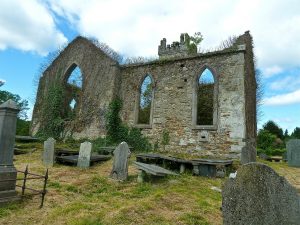
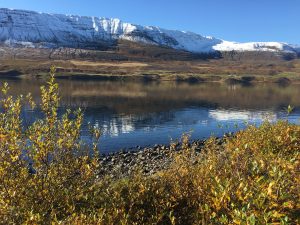 Ever since I went to Iceland in 2018, I feel like a part of myself sort of dug in there like some kind of anchor for when I die. There was a sense of home to Iceland, and so it’s probably not surprising that I end up there quite often in my dreams. Out of all the recurring places, Iceland, and especially northern Iceland, probably features the most. And these dreams almost always come with a message or involve elves in some way.
Ever since I went to Iceland in 2018, I feel like a part of myself sort of dug in there like some kind of anchor for when I die. There was a sense of home to Iceland, and so it’s probably not surprising that I end up there quite often in my dreams. Out of all the recurring places, Iceland, and especially northern Iceland, probably features the most. And these dreams almost always come with a message or involve elves in some way. When we think about the Otherworld, I think there’s a tendency to imagine it as some old-fashioned, almost Renn-Faire-looking kind of deal. And don’t get me wrong – in my experience, those places do exist. But I’ve also found that there are a lot of modern-looking places associated with the Otherworld as well.
When we think about the Otherworld, I think there’s a tendency to imagine it as some old-fashioned, almost Renn-Faire-looking kind of deal. And don’t get me wrong – in my experience, those places do exist. But I’ve also found that there are a lot of modern-looking places associated with the Otherworld as well.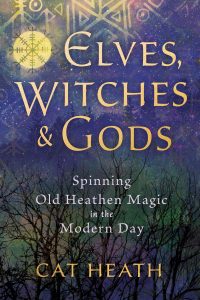 Witches and Gods: Spinning Old Heathen Magic in Modern Day. If a somewhat atypical look at Heathen worldview and magic with an emphasis on experimentation and practice interests you, then it may be right up your alley.
Witches and Gods: Spinning Old Heathen Magic in Modern Day. If a somewhat atypical look at Heathen worldview and magic with an emphasis on experimentation and practice interests you, then it may be right up your alley.  I walk. I hear the rush of the water and feel the wind beating against my ears.
I walk. I hear the rush of the water and feel the wind beating against my ears. Christian alike.
Christian alike. practices like that though, if I’m being honest.)
practices like that though, if I’m being honest.) in my heart even, and search them out with my eyes.
in my heart even, and search them out with my eyes. too.
too.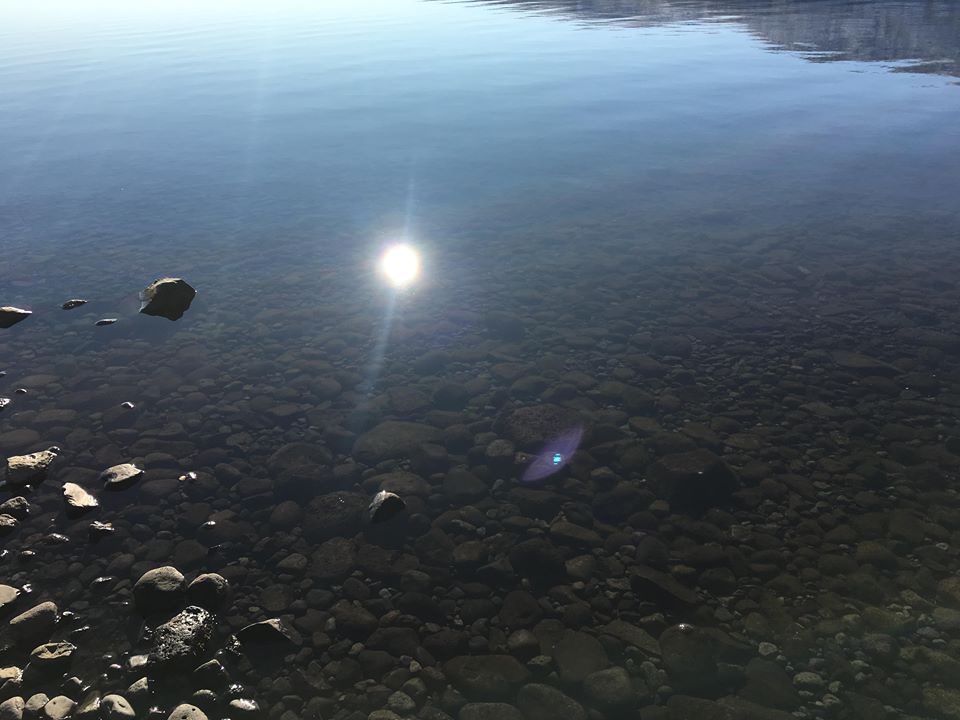

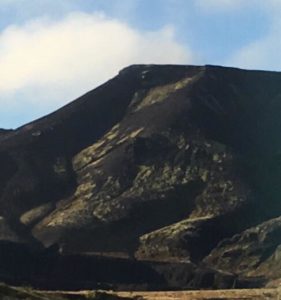
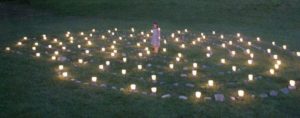 ourselves being mobbed by mosquitoes.
ourselves being mobbed by mosquitoes.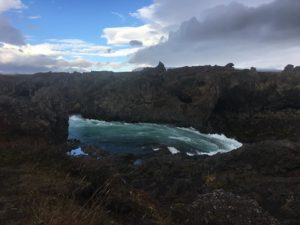

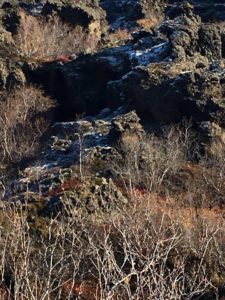
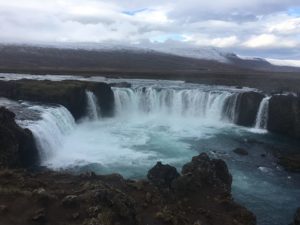
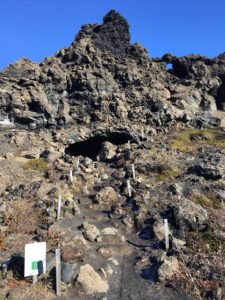
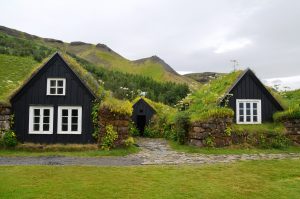
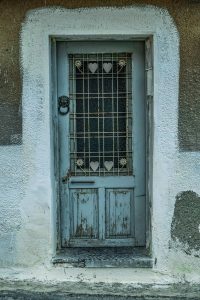 living. But their visits also brought sickness, and that’s just what they brought to the people of a place called Frodis-water.
living. But their visits also brought sickness, and that’s just what they brought to the people of a place called Frodis-water.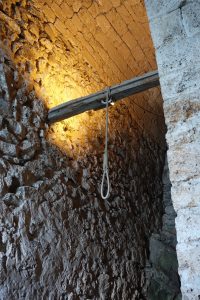 some of those laws might be. I am going to infer one right now: that our rights to this world are lost when we breathe our last.
some of those laws might be. I am going to infer one right now: that our rights to this world are lost when we breathe our last.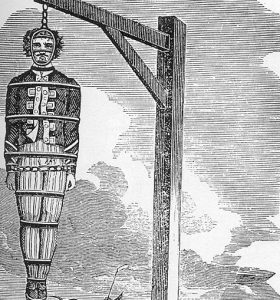 The story of the door-courts suggests that both living and dead are equally bound by the law. We also see this reflected in the burial customs of those deemed to exist outside the protection of the law. These were often the criminals left to rot at the crossroads, those buried in unhallowed grounds, and those who were too young at the time of their passing to be formally accepted in a community (Petreman “Preturnatural Usage”). Is it any coincidence that the materia magica sought from the human body came most often from these sources? Is it also coincidence that those were the sources thought by the Ancient Greeks to carry the least miasma (Retief “Burial”)? To exist as dead inside the protection of the law is to sleep soundly – or at least it should mean that. Of course, there have always been violations as Burke and Hare could well attest.
The story of the door-courts suggests that both living and dead are equally bound by the law. We also see this reflected in the burial customs of those deemed to exist outside the protection of the law. These were often the criminals left to rot at the crossroads, those buried in unhallowed grounds, and those who were too young at the time of their passing to be formally accepted in a community (Petreman “Preturnatural Usage”). Is it any coincidence that the materia magica sought from the human body came most often from these sources? Is it also coincidence that those were the sources thought by the Ancient Greeks to carry the least miasma (Retief “Burial”)? To exist as dead inside the protection of the law is to sleep soundly – or at least it should mean that. Of course, there have always been violations as Burke and Hare could well attest.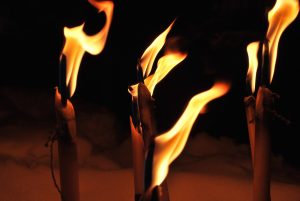 the holy powers, but fire also played an important role in property ownership too. For the Norse, carrying fire sunwise around land you wished to own was one method of claiming that land (LeCouteux 89), and under Vedic law new territory was legally incorporated through the construction of a hearth. This was a temporary form of possession too, with that possession being entirely dependent on the ability or willingness of the residents to maintain the hearthfire. For example, evidence from the Romanian Celts suggests that the voluntary abandonment of a place was also accompanied by the deliberate deconstruction of the hearth. And the Roman state conflated the fidelity of the Vestal Virgins to their fire tending duties with the ability of the Roman state to maintain its sovereignty. The concept of hearth as center of the home and sign of property ownership continued into later Welsh laws too; a squatter only gained property rights in a place when a fire had burned on his hearth and smoke come from the chimney (Serith 2007, 71).
the holy powers, but fire also played an important role in property ownership too. For the Norse, carrying fire sunwise around land you wished to own was one method of claiming that land (LeCouteux 89), and under Vedic law new territory was legally incorporated through the construction of a hearth. This was a temporary form of possession too, with that possession being entirely dependent on the ability or willingness of the residents to maintain the hearthfire. For example, evidence from the Romanian Celts suggests that the voluntary abandonment of a place was also accompanied by the deliberate deconstruction of the hearth. And the Roman state conflated the fidelity of the Vestal Virgins to their fire tending duties with the ability of the Roman state to maintain its sovereignty. The concept of hearth as center of the home and sign of property ownership continued into later Welsh laws too; a squatter only gained property rights in a place when a fire had burned on his hearth and smoke come from the chimney (Serith 2007, 71).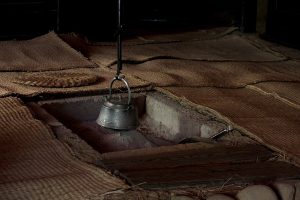 fires burning. To maintain the hearth was to maintain possession of property, and to maintain the hearth, a woman was required. (Or several, if you happen to be the Roman state.)
fires burning. To maintain the hearth was to maintain possession of property, and to maintain the hearth, a woman was required. (Or several, if you happen to be the Roman state.)